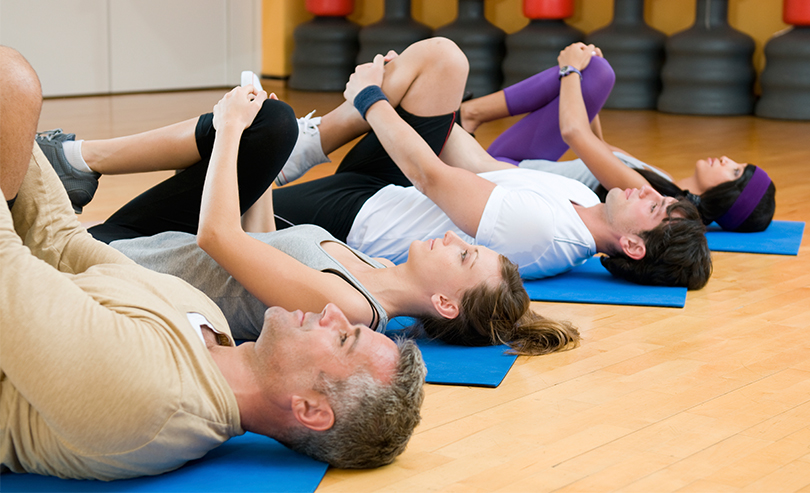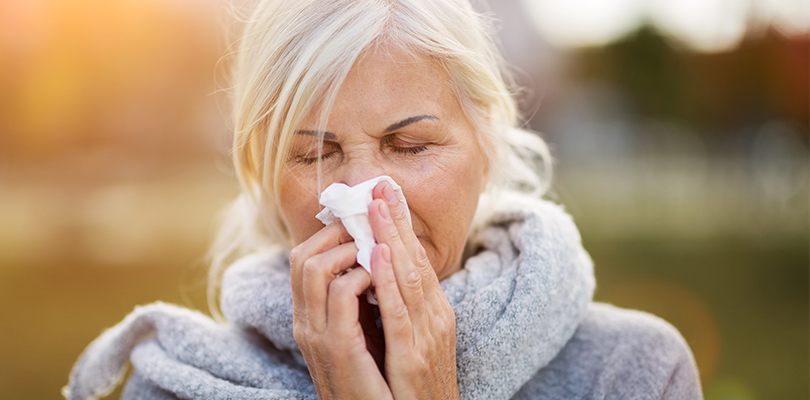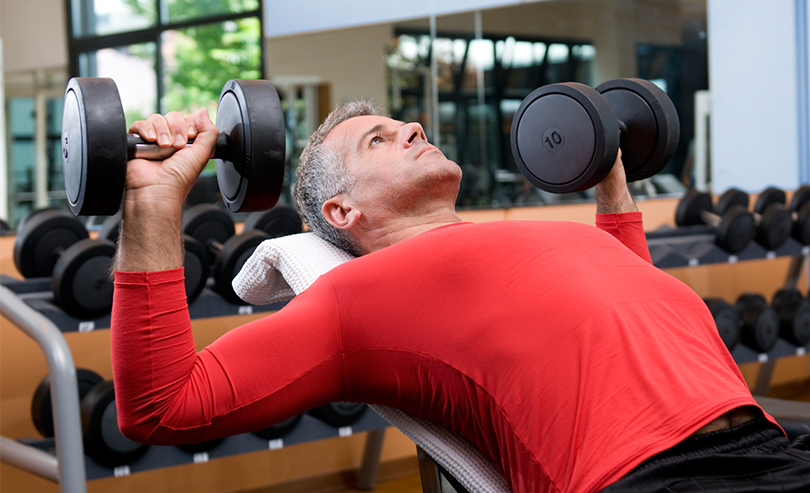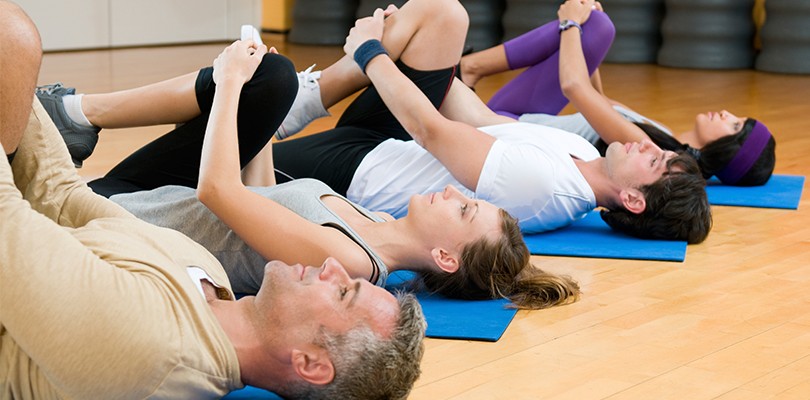
Photo Credit: Ridofranz / istockphoto.com
Exercises for COPD
If you suffer from COPD you may be concerned that physical activity will worsen your symptoms. While this is possible, a customized exercise plan from a therapist could help improve the function of your lungs and your entire body.
Regular exercise will help your body use oxygen better, and therefore improve your breathing over time. Exercise will also keep your heart and lungs strong, give you more energy for your day to day activities, help you sleep better, strengthen your muscles , joints and bones, maintain a healthy body weight and improve your emotional wellbeing.
Remember to have realistic goals and expectations. Start slow and gradually increase the intensity, frequency and duration of the fitness sessions, and keep track of your results.
Warm up and cool down periods are important – don’t try to skip them. Stop exercising and see a doctor if you experience dizziness, abnormal heart beats, pain, severe shortness of breath or chest discomfort.
These type of exercise may be beneficial for your condition. Consult a qualified therapist to learn how much exercise should incorporate in your routine.
1. Aerobic Exercise
Aerobic exercises have multiple benefits – they work your heart and lungs, and improve your flexibility, endurance and posture. They will help your body will use oxygen better and thus improve your breathing.
Try to walk (outdoors or on a treadmill) or use a stationary bike at home for 20-30 minutes most days of the week. As your fitness levels improve, you may want to try jogging, jumping rope, skiing or skating.
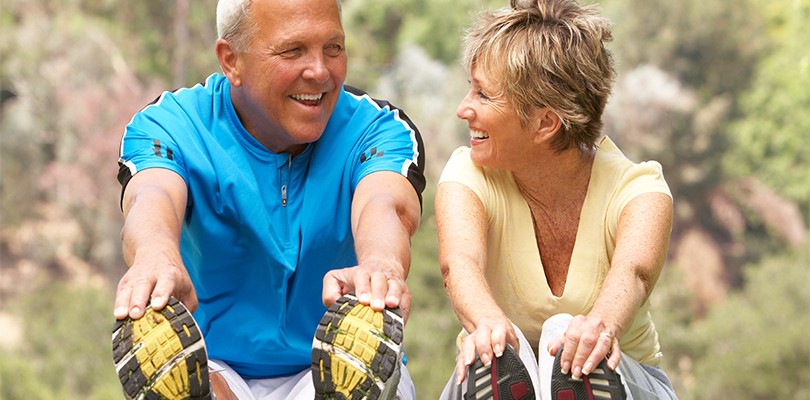
Photo Credit: monkeybusinessimages / istockphoto.com
2. Stretching Exercises
Stretching exercises help lengthen your muscles, prepare your arms and legs for exercise, and improve your range of motion and flexibility. They are also essential to prevent injuries from other types of exercise.
Some simple stretches to try include:
- Back – Clasp your hands together and reach your arms forward, while arching your back – this exercise will help stretch your back.
- Chest – Clasp your hands together behind your back. Pull your shoulders back and your elbows together.
- Arms – Put your left hand on your left shoulder and lift the elbow upwards; repeat the same technique with the right arm.
- Quadriceps – Sit at the edge of a bench or chair. Bend the left leg underneath the seat and rest your toes on the floor. Hold this position for a few seconds, then repeat with the right leg.
- Hamstrings – Sit on the edge of a chair or bench with left leg bent and the right leg completely straight in from of you. Point your toes to the floor. While keeping the hands on the bent knee, sit up straight, bend at the waist and push your chest forward. Swap legs and repeat.
Yoga and tai chi also include stretching exercises along with breathing techniques. Not only do these practices improve your fitness level, your emotional wellbeing will benefit as well. Learn the proper techniques from a qualified practitioner first, and then you could use DVDs at in the comfort of your home.
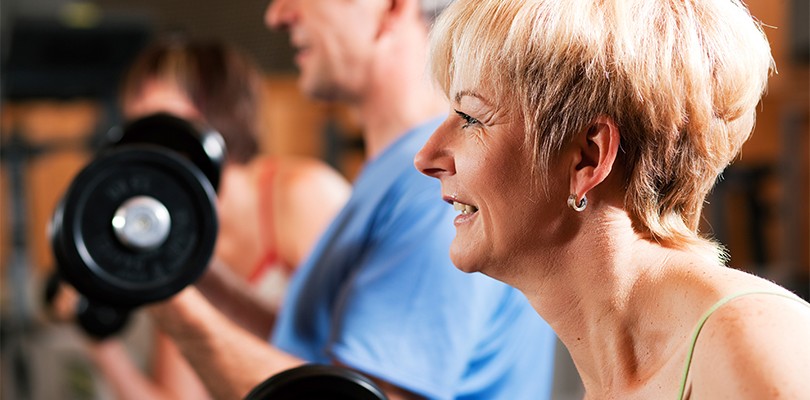
Photo Credit: kzenon / istockphoto.com
3. Strengthening Exercises
Strengthening exercises involve repeated muscle contractions. Focus on strengthening your upper body strengthen the muscles involved in breathing. You can use weights like dumbbells, elastic bands or your body weight when performing these types of exercises.
A good example is arm raises. Stand with your feet hip width apart, holding weights in your hands by the side of the body. Keep your arms straight and lift them to the side to shoulder height. Next, lower your arms slowly back to the side of your body. Repeat.
Upright rowing is another great strengthening exercise. Stand with your feet shoulder width apart while keeping your arms by your side. Hold dumbbells in both hands, palms facing your body. Lift your hands up towards your chest. Repeat.
Allergies are difficult to deal with, but people with COPD and seasonal allergies should take extra care. Here's how allergies can make COPD symptoms worse.

Photo Credit: firina / istockphoto.com
4. Pursed Lips Breathing
This breathing exercise can help you breathe with less effort, because it keeps the airway open longer and slows down your breath. As a result it enhances the exchange of oxygen and carbon dioxide, while improving the amount of time you are able to exercise.
Start this technique by breathing through your nose for a couple of seconds. Next, pucker your lips as you would to blow out a candle. Exhale slowly though pursed lips for two to three times longer than you took to inhale the air. Repeat.
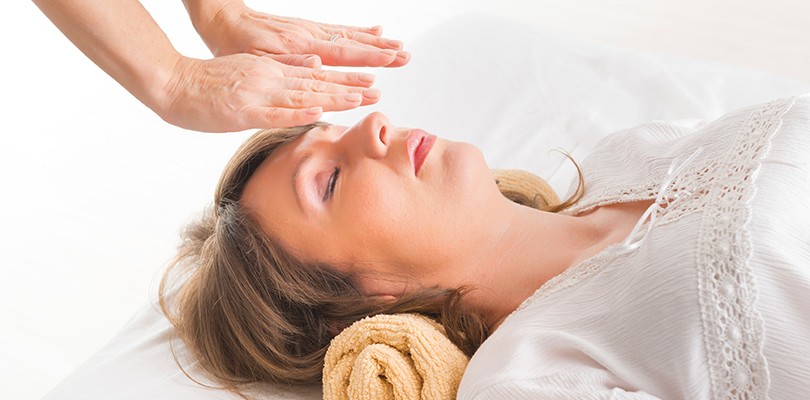
Photo Credit: humonia / istockphoto.com
5. Diaphragmatic Breathing
This is another great technique to improve your symptoms and is best performed when you feel relaxed, lying down. It is more complex than pursed lips breathing, and therefore you should learn the proper technique from a therapist first.
Start this technique by relaxing your shoulders. Next, place one hand on your chest and the other hand on your abdomen. Breathe in for a couple of seconds. As you inhale, you should feel your belly moving more than you chest, outward. Exhale slowly though pursed lips and press your belly in the same time, so you help the diaphragm getting out the air. Repeat.
Considerations
Be aware that some exercises should be avoided if you have COPD. For example you should not lift or push heavy weights or walk up steep hills. Also avoid things like shovelling snow or mowing the yard. Avoid extreme temperatures and drink plenty of water. Keep a fitness diary to stay motivated, track your goals and assess the results, and consider finding a fitness buddy.
While being active is beneficial for managing COPD, you should also take your time to rest, relax, and have 8 hours of sleep every night.
Read more about exercising with COPD over at NewLifeOutlook.
What does the spring weather mean for your COPD? Here are five helpful ways to cope with COPD in the spring in order to get the most out of the season.
